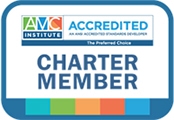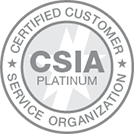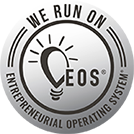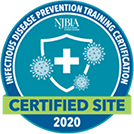July 29, 2015
By Sabina Gargiulo, Senior Director of Industry Relations
 Whether you are trying to promote an event or provide year-round annual opportunities that are ripe for commercial support and “monetization” for your organization, you need compelling tools and collateral that showcases your value proposition to the market.
Whether you are trying to promote an event or provide year-round annual opportunities that are ripe for commercial support and “monetization” for your organization, you need compelling tools and collateral that showcases your value proposition to the market.
Follow these 10 tips to create the collateral that will capture your audience and help you achieve your goals.
- KISS (KEEP IT SIMPLE STUPID) — Simplicity should be a key goal in design and unnecessary complexity should be avoided. Watch your length and make each page as clear and concise as possible.
- VISUAL APPEAL — More pictures and graphics and less text will make your piece easy to follow and enjoyable to read and comprehend. The front cover should reinforce a creative theme and the tag line should prompt a call to action. This theme should be carried throughout the inside pages of the brochure.
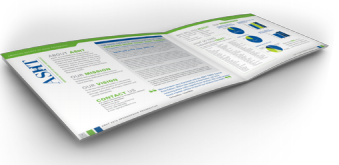
- DEMOGRAPHIC RICH — Sponsorship is a business decision companies make for a variety of reasons, therefore, you need to supply the necessary data, metrics, and information for strategic decision-making. Your statistics should quantify and qualify. Use pie charts and graphs to illustrate your data. Present this data near the beginning for a strong overview and introduction of the organization. When this is done effectively, it helps to answer more than half of the questions a potential supporter would have. Include the following information and data:
- A short summary about the organization
- Mission Statement
- Vision Statement
- Member demographics — which will provide the prospect with the audience they will be reaching
- Member professions
- Unique skill sets, credentials, industries, and interests representative of the membership
- Value positioning statements, reinforcing the importance of reaching and educating influencers and decision makers of purchasing decisions
 DEMONSTRATE GROWTH — Finding commercial support for organizations who might be on the decline in membership or conference attendance is very challenging. Communicating any areas where growth has been demonstrated strengthens your value proposition.
DEMONSTRATE GROWTH — Finding commercial support for organizations who might be on the decline in membership or conference attendance is very challenging. Communicating any areas where growth has been demonstrated strengthens your value proposition.
- PAST SUPPORTER HISTORY — List the names of companies who support the organization now or who have supported it in the past. This creates transparency among the sponsor community and also allows prospective organizations to see if their top competitors are listed. If the initiative is the right fit for their competitors, chances are it would be the right fit for them.

- THE LEVEL APPROACH — Platinum, Gold, Silver, Bronze… we’ve all seen this, right? It is best to design your levels on one page in a chart or table format so the reader can easily see the varying differences among the package levels offered. Brochures that present a running list of benefits, forcing the reader to flip from page to page create confusion and a missed opportunity to reinforce the value of the higher level versus the lower level.
- PRESENT FLEXIBLE OPTIONS — Ensure your piece is diverse and has something for companies of all shapes and sizes to consider. Not all companies have the same budget parameters and not all companies define value in the same way. For some, branding is king, while others prefer to focus on networking, thought leadership, and unique ways to cultivate deep relationships. Your options and opportunities, along with price point, needs to be reflective of what the market is telling you.
- ASK FOR TESTIMONIALS — Demonstrate areas where you’ve had positive and successful past sponsor experiences. Infuse your piece with “Don’t Take Our Word For It” statements.

- OBTAINING WRITTEN COMMITMENTS — Exhibitor applications, insertion order forms, and sponsorship contracts are all forms of written commitments that need to be obtained. Ensure these types of forms and documents are attached in some way to your brochure. Create an interactive PDF so that commercial supporters can type directly into your document and email it back. Application pages should be clean, clearly outlining any organizational policies (such as a cancellation policy) and best practices that protect both the organization and the supporter.
- MAKE IT EASY TO FIND — Ensure your website becomes a vehicle for delivery and create a tab, banner, or button that can be easily seen and found directly from your home page. Making sure there is a person as direct point of contact (and their contact information is listed) should also be a priority.

